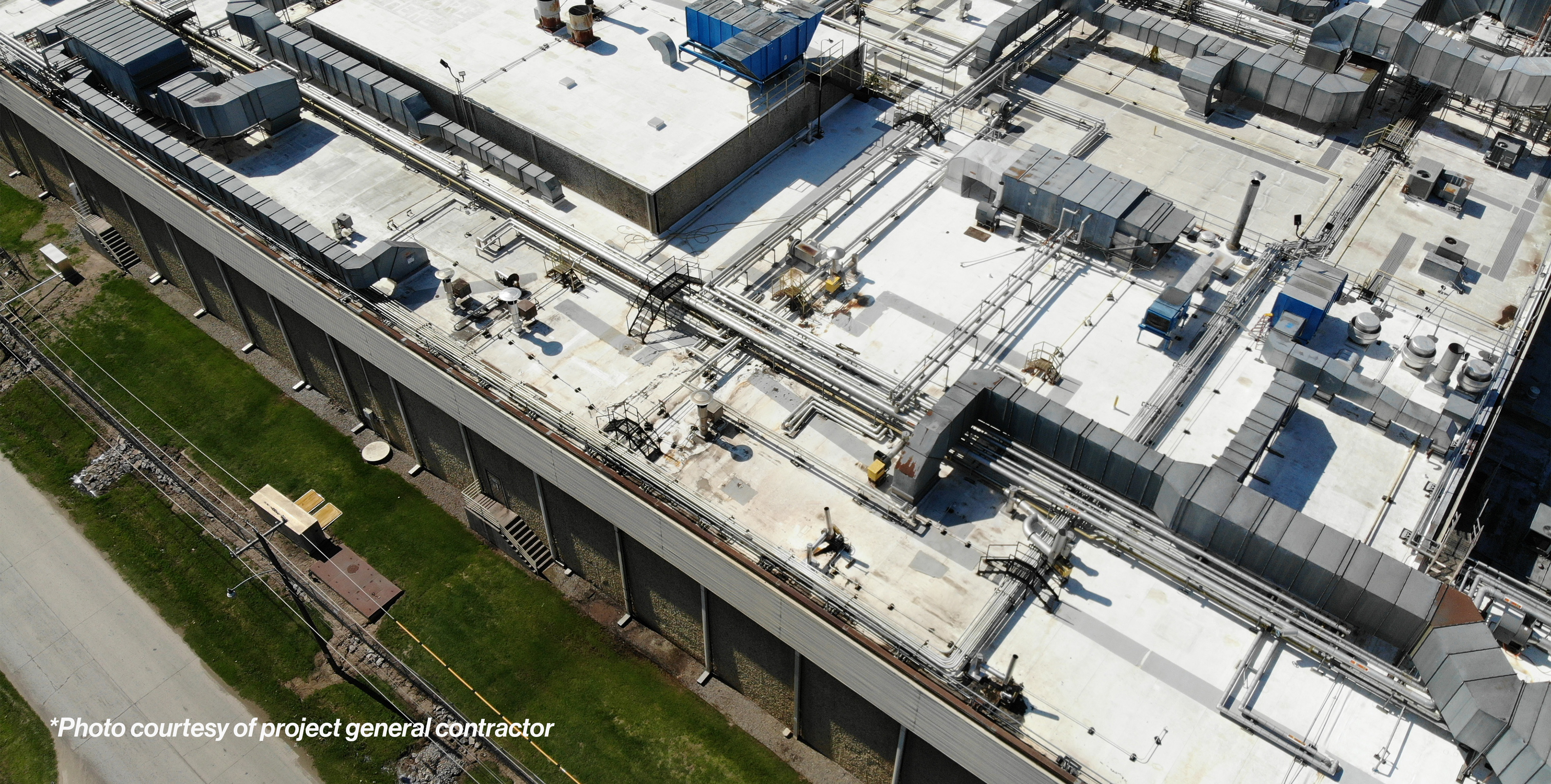HAZARD FREE
All employers are required to give their employees a work environment that is free from hazards that are likely to cause death or serious harm. One such hazard that is often thought of last but is quite crucial is Heat Stress.
Heat stress is especially high risk in warehouses and light industrial buildings that are in hot, humid climates. In this series, HFA breaks down what all employers need to know about managing heat stress in both operating and environmental conditions, which will in turn aid in enhancing productivity, overall health & well being, reduce turnover, and minimize workplace accidents. There is also a proven financial advantage to maintaining a healthy (and happy) workforce, that an uncomfortably hot building will work against.
As an A+E firm recognized for a variety of national, regional, and local clients who have a number of buildings and warehouses they need to keep safe and productive, we wanted to share the engineering measures that can help minimize heat and promote a comfortable workplace.
Those measures primarily consist of:
1. Ventilation with outdoor air
- Remove hot air captured inside
2. Improved air movement
- Fans increase cooling and evaporation of sweat from skin
3. Reduction of radiant heat
- Barriers put in place to minimize heat from roofs and equipment
4. Cooling/dehumidifying the space
- Through a variety of air conditioning options
As we continue, we remind you to think about the factors to consider when selecting engineering measures and/or addressing workplace management and activities. Each space in a building could have different requirements.
The main factors to consider are:
- Climactic conditions
- Irradiance of the building from the sun
- Building and/or surrounding construction
- Worker activities
- Availability of cool water
- Break periods
- New hires
It is recommended that new and existing buildings be evaluated by computer modeling and then validated by on-site measurements. A computer model will make recommendations based off comfort, productivity, and life cycle costs for the full variety of the above-mentioned measures. In the next blog we will deep dive into which cooling options are best for the industrial workplace.
In the next two blogs, we will give guidelines that focus on the Cooling Options available and the Requirements that go along with them.


.png)
.jpg)



.png)
.png)


